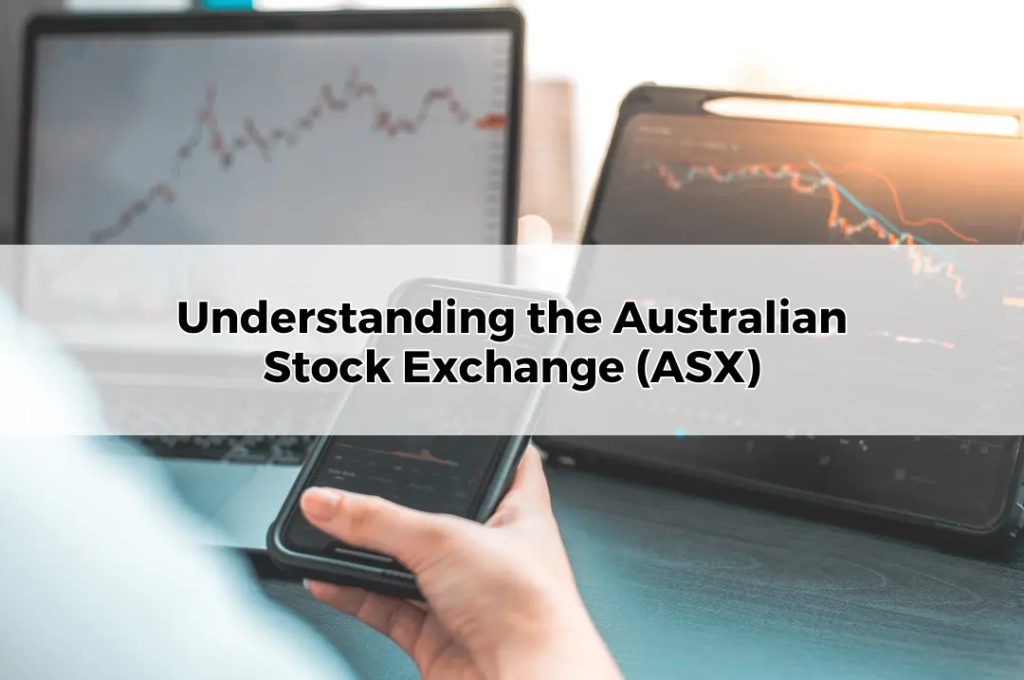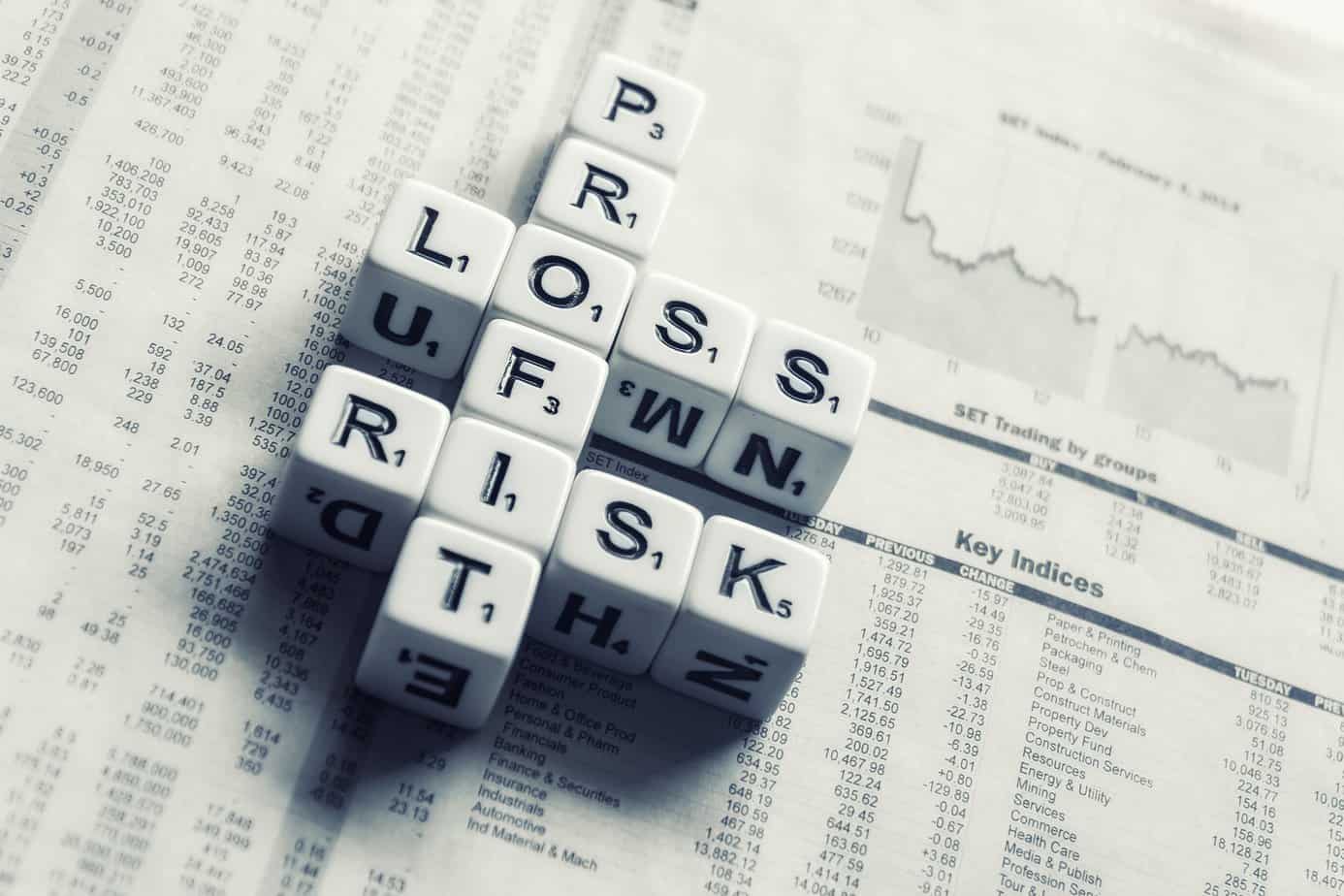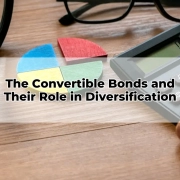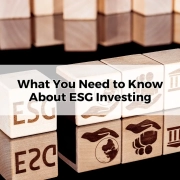Understanding the Australian Stock Exchange (ASX)
Table of Contents
ToggleThe Australian Stock Exchange (ASX) plays a pivotal role in Australia’s financial system. It facilitates the buying and selling of securities, providing investors with opportunities to grow their wealth while supporting the growth of listed companies. For Australians looking to invest, understanding how the ASX operates is key to making informed decisions. This article explores the workings of the ASX, providing valuable insights for investors and those seeking to learn more about the stock market.
What is the Australian Stock Exchange (ASX)?
The Australian Stock Exchange (ASX) is the primary securities exchange in Australia. It operates as a marketplace where companies can list their shares, and investors can buy or sell those shares. The ASX brings together buyers and sellers, facilitating the smooth exchange of financial products like shares, bonds, ETFs, and derivatives. Established in 1987, the ASX is now a cornerstone of the Australian financial system, providing transparency, regulation, and liquidity to the market.
How the ASX Works
The ASX functions as a platform for the trading of securities. Companies listed on the ASX issue shares, which are then traded on the exchange. Investors can place buy or sell orders through brokers, who execute the transactions on their behalf. The ASX uses an electronic trading system, meaning trades occur in real-time with orders matched automatically. The market operates during specified hours, typically from 10:00 am to 4:00 pm AEST on weekdays, and trades are regulated to ensure fairness and transparency.
Types of Securities Traded on the ASX
The ASX facilitates the trading of various types of securities, including ordinary shares, bonds, Exchange-Traded Funds (ETFs), and derivatives. Shares represent ownership in a company, while bonds are debt securities issued by corporations or governments. ETFs provide access to a diversified portfolio of assets, and derivatives, such as options and futures, allow investors to speculate on the future price movements of securities. Each type of security carries different risk and return profiles, making the ASX a versatile platform for a range of investment strategies.
The Importance of ASX 200 and Market Indices
The ASX 200 is a key market index that tracks the performance of the 200 largest companies listed on the ASX. It serves as a benchmark for the overall health of the Australian stock market. Investors and analysts closely monitor the ASX 200, as its movements often reflect broader economic conditions. In addition to the ASX 200, other indices, such as the All Ordinaries Index and sector-specific indices, provide insights into specific areas of the market. Understanding these indices helps investors assess market trends and make more informed investment decisions.
How to Buy and Sell Shares on the ASX
Buying and selling shares on the ASX is straightforward, especially for those using online brokerage platforms. Investors can open a brokerage account, research the companies they wish to invest in, and place an order. There are two types of orders: market orders, which execute immediately at the current market price, and limit orders, which allow investors to set a price at which they are willing to buy or sell. Once an order is placed, it is matched with a corresponding buyer or seller, and the trade is completed. For beginners, it’s important to understand fees, research tools, and the timing of trades.
Dividends and Franking Credits on the ASX
Many companies listed on the ASX pay dividends to shareholders, distributing a portion of their profits. Dividends can be paid in cash or reinvested to purchase more shares. A unique feature of the Australian system is franking credits, which are attached to dividends and represent the tax already paid by the company on its profits. Franking credits can be used to offset the shareholder’s personal tax liability, making dividend-paying stocks particularly attractive for Australian investors seeking tax-efficient income.
ASX and Superannuation
Superannuation funds in Australia are heavily invested in the ASX, making it a crucial platform for retirement savings. For many Australians, their superannuation is the largest investment they’ll hold, and a significant portion of these funds is allocated to ASX-listed shares and other securities. Understanding how the ASX affects superannuation returns is important for retirement planning. Investment strategies within superannuation often focus on long-term growth, with exposure to blue-chip stocks, bonds, and diversified ETFs.
ASX-Listed ETFs
Exchange-Traded Funds (ETFs) listed on the ASX offer an easy way for investors to gain exposure to a diversified portfolio of assets. ETFs track indices, commodities, or sectors, allowing investors to access broad market exposure with a single investment. Popular ASX-listed ETFs include those that track the ASX 200, global shares, or specific industries like technology or healthcare. For investors seeking diversification without the complexity of managing individual stocks, ETFs provide a cost-effective and flexible option.
Understanding ASX Corporate Governance Rules
The ASX has strict corporate governance rules that listed companies must adhere to. These rules ensure that companies operate transparently and in the best interests of shareholders. They cover areas such as financial reporting, shareholder rights, and executive accountability. Investors benefit from these regulations, which promote trust in the market and provide safeguards against corporate misconduct. Understanding the governance framework is essential for those investing in ASX-listed companies, as strong governance often correlates with long-term business stability.
Risks and Volatility in the ASX
Investing in the ASX, like any stock market, comes with inherent risks. Share prices can fluctuate due to various factors, including economic conditions, company performance, and global events. Volatility is a normal part of stock market behaviour, and while it presents opportunities for short-term gains, it also poses risks, particularly for those with lower risk tolerance. Diversifying investments and maintaining a long-term perspective are key strategies for managing the volatility of ASX-listed securities.
Conclusion
The Australian Stock Exchange offers a wide range of opportunities for investors seeking to build long-term wealth. Whether through shares, ETFs, or superannuation investments, the ASX provides access to a robust marketplace where investors can grow their portfolios. By understanding the workings of the ASX, the types of securities available, and the risks involved, individuals can make informed decisions that align with their financial goals. For Australians seeking to build wealth over time, the ASX remains an invaluable tool in their investment strategy.









